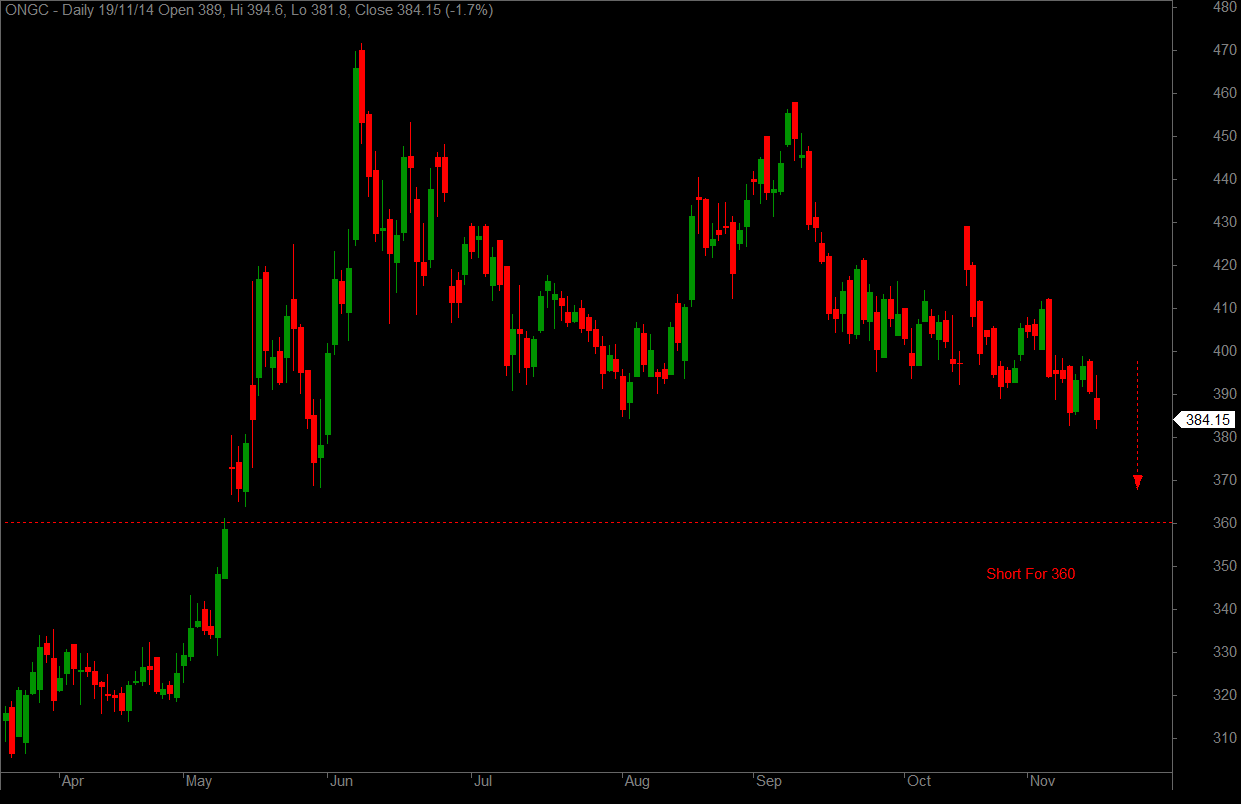Every trader wants to trade a well-funded trading account
(i.e. a 1,000,000 account), but very few of us actually get to do this. Most
traders are stuck with trading relatively small accounts (i.e. just covering
the required margin). Trading a small account requires very strict risk
management (i.e. money management) because there is no buffer against mistakes
or any unexpected losses. For example, if a trading account only covers its
required margin by 5000, and it takes a 6000 loss, the account will become
untradeable until additional money is deposited.
Trading a Small Account
Trading a small (or under capitalized) account is much
more difficult than trading a large account. Large accounts are buffered
against mistakes, unexpected losing streaks, and sometimes even bad traders,
but small accounts have no such buffer. Large accounts can be used to trade any
available market, but small accounts can only be used to trade markets with low
margin requirements and small tick values. Large accounts also allow more
flexible trading (e.g. multiple contracts), whereas small accounts are very
limited in the trade management strategies that they can use.
In addition, trading a small account has psychological
issues that make it even harder to trade the account well. For example, when a
trader knows that they can only afford a single losing trade before their account
becomes un tradeable (because it will no longer cover its required margin), the
pressure to make a profitable trade is enormous. If the trader handles this
pressure well, this might not be a problem. However, even the best traders have
losing trades, and there is nothing that can be done to avoid losing trades, so
this is not something that the trader has any control over, which adds to the
psychological stress.
Advice for Small Accounts
With all of the disadvantages, it appears as though it is
not possible to trade a small account profitably. This is not the case, and
small accounts are traded profitably by many traders (including professional
traders). The following advice is provided from the perspective of under capitalized
accounts, but the advice actually applies to all trading accounts (even the
$1,000,000 accounts).
·
Trade Using
Leverage – Trading using leverage allows small account traders to
trade markets that they cannot trade using cash. For example, trading individual
stocks directly requires approximately 25% to 30% of the trade’s value in cash
(assuming a typical margin requirement). However, trading the same underlying
stock using the options or warrants markets (both highly leveraged markets),
only requires approximately 15% of the trade’s value in cash. Note that leverage should not be
used to increase the trade’s size (i.e. the number of shares), but should only
be used to reduce the trade’s margin requirements.
·
Trade
Conservatively – Traders
with well-funded accounts have the luxury of making trades with high risk (e.g.
large stop losses relative to their targets). Trader with small accounts must
be more cautious, and make sure that their risk to reward ratio, and their win
to loss ratio are being calculated and used correctly.
·
Adhere to the One
Percent Risk Rule – Trading
in accordance with the one percent risk rule provides a small account with the
same buffer (against mistakes, unexpected losses, etc.) as a large account.
Many professional traders abide by the one percent risk rule regardless of the
size of their trading accounts, because it is a very effective risk management
technique.
Some traders adamantly state that under capitalized
trading accounts cannot be traded successfully. This is not true. Small trading
accounts may be more difficult to trade successfully, but if they are traded
correctly, there is no reason why small trading accounts cannot be profitable.
By controlling the stress that is often associated with
under capitalization, focusing on risk management, and correctly applying their
risk management techniques (especially the one percent risk rule), small
account traders can make a good living from their trading, and may be able to
turn their small account into a large account.
















